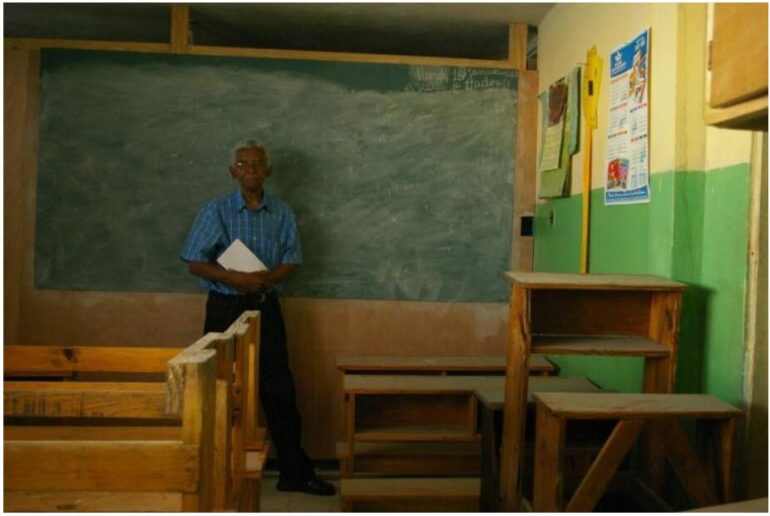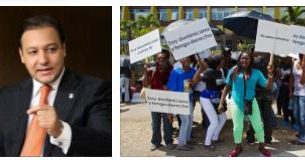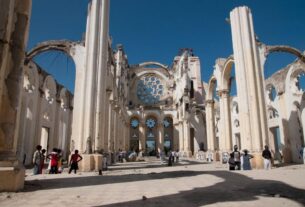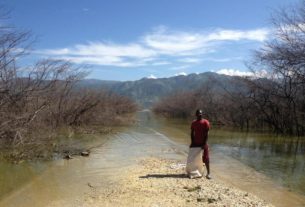Historically, Haiti has played a special role. It is one of the oldest independent states on the American continent and the only republic to emerge from a successful slave rebellion. From the beginning, his story is varied and marked by violence. For example, no fewer than 32 military coups have taken place in Haiti since its independence in 1804.
Most important religion: Catholicism 80%
Another major religion: Vodou
Urban population: 56.2% (Source: World Bank Data 2019)
Life expectancy: 64.6 years (BTI 2019)
Gender Ineqality Index: 0.620, ranked 150 of 188 (source: HDR 2019)
Proportion of literate adults: 61.7% (Source: CIA World Factbook 2019)
Infant mortality: 45.4 deaths / 1000 live births (BTI 2019)
Social structure
According to cheeroutdoor, Haiti shows no significant ethnic fragmentation; however, the social gradient within society is considerable. Economic resources and political power are concentrated in the hands of the elite. About half of the national income goes to the richest 10% of the population. On the flip side, an estimated 78% of the population live below the poverty line (less than $ 2 per day) and an estimated 54% in dire poverty (less than $ 1 per day). A considerable part of the population is unemployed or employed in the informal trade and service sector. The unequal distribution of wealth causes the inequality of educational opportunities. Only about 55% of children between 6 and 12 years of age are currently in school; the literacy rate for adult men is 54% and for adult women 39%. Historically, the rural population makes up the bulk of the population. Due to the rural exodus in recent years, triggered by the poor income opportunities in agriculture, the proportion of the urban population has steadily increased. The infrastructure is concentrated in the capital and the larger provincial cities. Because about 40% of Haitians are not officially registered and therefore do not have valid identity documents, a considerable proportion of the population is largely excluded from exercising their political and civil rights.
Children
Children are the main victims of the structural poverty of Haiti. Child mortality is extremely high at 6.8%. The main reasons for this are hunger, but also the sometimes catastrophic hygienic conditions and the lack of access to clean drinking water. In many cases, parents cannot afford their children to go to school, or the children have to contribute to the family income by working in the informal sector or by being left as house slaves to wealthier families in return for board and lodging. Haiti’s high unemployment means that in many cases families are torn apart because one parent emigrates to support the family. So many men hire during the sugar cane harvest as a farm worker in the Dominican Republic. The construction sector in the Dominican Republic is also firmly in Haitian hands.
Due to the pressures of poverty, many parents see the only chance of their children surviving in adoption. However, the practice has also favored child trafficking, which became a problem especially as a result of the earthquake.
Education
School / vocational training
Theoretically, there is a general six-year schooling in Haiti. Exams are taken after the sixth, 12th and 13th year of school and are held centrally. The lessons themselves are free, but school books and school uniforms have to be financed by the parents. As a result, only around 85% of children attend primary school, and in rural areas only 23%. The rate of illiteracy is correspondingly high at around 50%. The state has withdrawn more and more from the education sector in recent years because there are simply insufficient budget funds available to ensure that schools run smoothly. Hence the education system lies essentially in private hands. The private schools are of very different quality. Especially in rural areas, private institutions are often very poorly positioned with regard to the qualifications of teachers and the equipment in schools. Only about 20% of primary school teachers have formal training. Above all, higher education is highly centralized and the schools are concentrated in Port-au-Prince and Cap Haitien, so that there is no nationwide equality of opportunity for a higher school-leaving certificate.
The earthquake in 2010 affected almost all schools in the Port-au-Prince area, so that in 2010 classes had to be interrupted for a few months. There is international consensus that the Haitian school system is in dire need of reform. In the course of the reconstruction after the earthquake in 2010, the modernization of the school system was discussed. The reconstruction of schools and general access to schooling were also central cornerstones in President Martelly’s election campaign program. Despite international donations, these plans could only partially be realized, and some critical voices even refer to Martelly’s educational policy as failed.
Higher education
The main academic institutions of higher education are the State University of Haiti, the Université d’État d’Haiti and the Catholic University of Notre Dame d’Haiti. There are also a number of private colleges and universities where tuition is chargeable.




